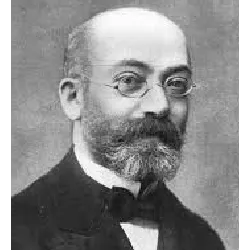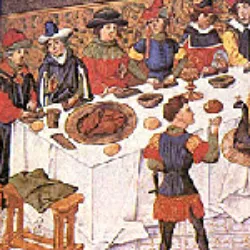Linguistic variation in Brazil

The Portuguese language in Brazil is marked by enormous diversity, reflecting the cultural and historical influences of each region. This linguistic variation occurs due to factors such as colonization, immigration, contact with indigenous and African languages, in addition to the geographic particularities of each location. Thus, the Portuguese spoken in the country has distinct accents, expressions and even vocabulary in different states.
Northeastern Portuguese, for example, has characteristic phonetic features, such as the more open pronunciation of vowels and the presence of typical expressions such as “oxente” and “arretado”. Carioca Portuguese is known for the hissing sound when pronouncing the "s" and the frequent use of slang such as "maneiro" and "bolado". In São Paulo Portuguese, the stronger "r" at the end of words is a striking feature, as are expressions such as “meu” and “beleza” in everyday vocabulary.
In the South, the influence of European immigrants caused Gaucho Portuguese to incorporate different words and accents, such as the use of “guria” for girl and “bah” as an interjection. In the North, there is a strong impact of indigenous languages, resulting in expressions such as “tacacá” and “bicho” to refer to someone.
These variations enrich the Portuguese language, making it dynamic and representative of Brazil's cultural diversity.
Did you know?














